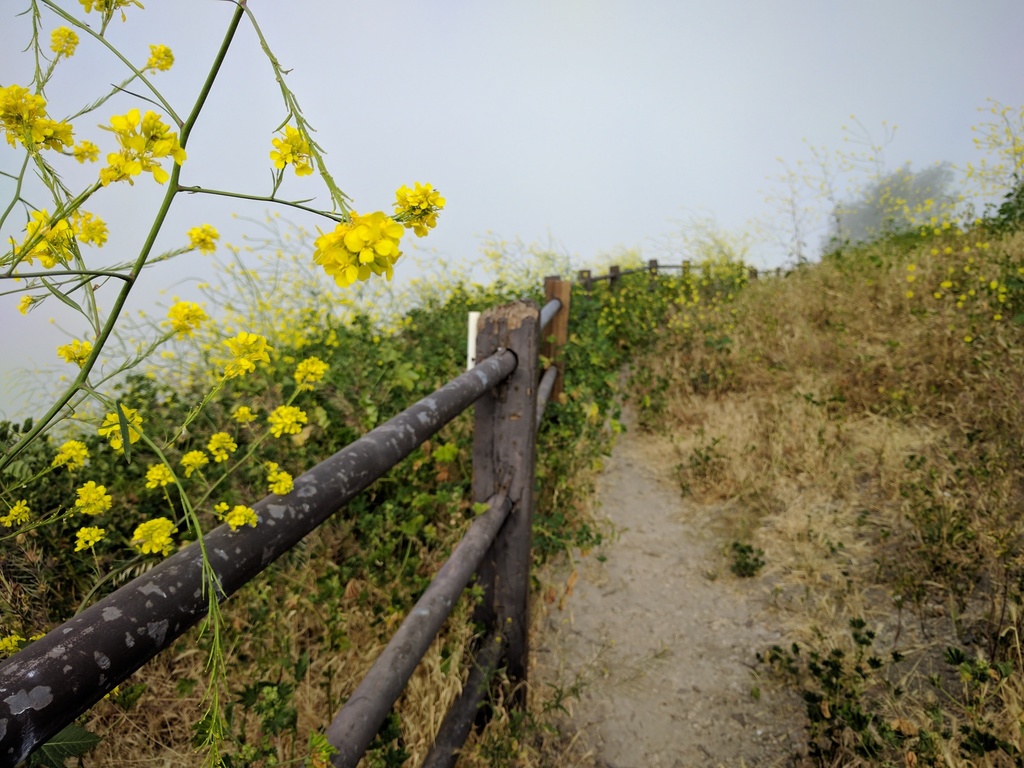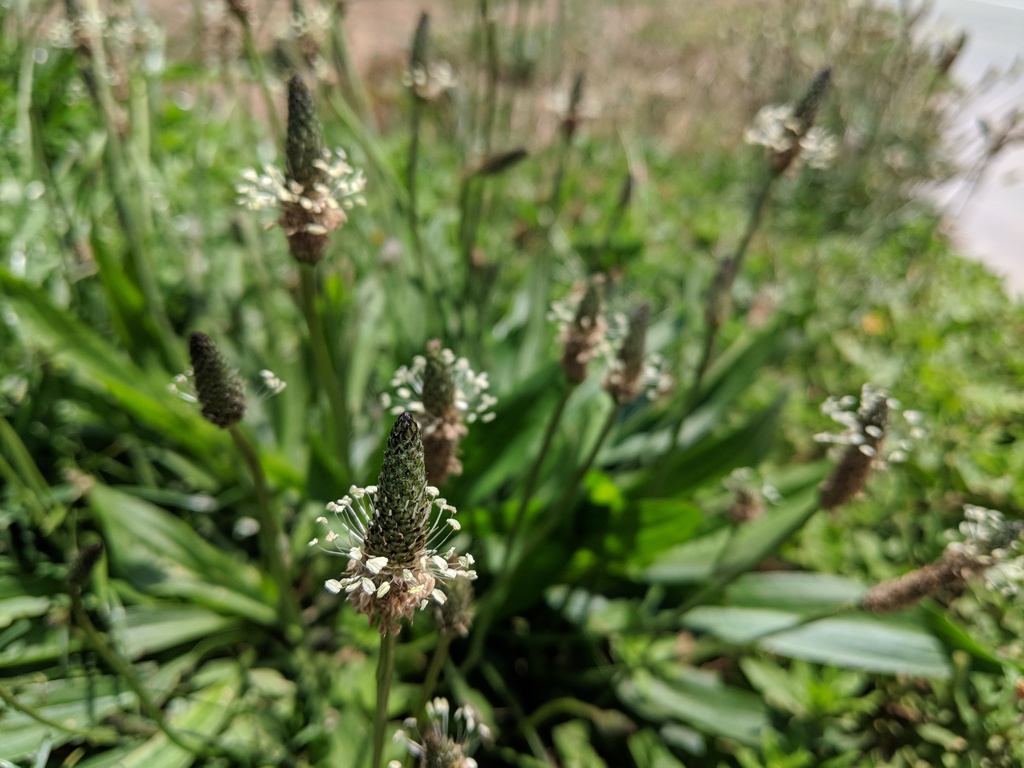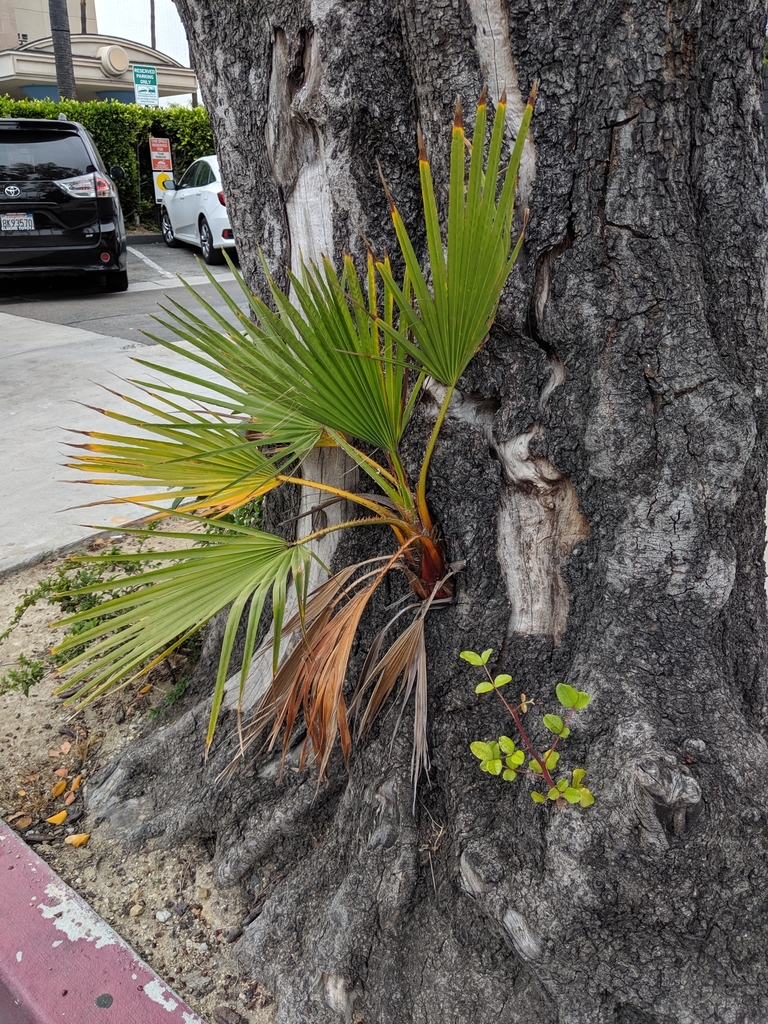
Tag: plants
Woodsorrels
Managed to identify the not-iceplant
Managed to identify the not-iceplant. It’s Blue Chalksticks, or Blue Chalk Stick. Either way, it’s remarkably descriptive.
Posted it to iNat even though it’s cultivated landscaping in hopes that the info will help both the AI and human identifiers.
https://www.inaturalist.org/observations/28958782
#photo #plants #succulents #flowers #nature
Marine Blue (on grass & clover)
blue-eyed grasses
Since I’ve been posting observations to iNaturalist I’ve *definitely* noticed more differences among plants…
Since I’ve been posting observations to iNaturalist I’ve *definitely* noticed more differences among plants, whether walking around town or hiking through nature. Even just differences between types of weeds.
Link: BBC on “Plant blindness”
Why ‘plant blindness’ matters — and what you can do about it
Of course, I’ve also started noticing differences among local birds more, too. I used to basically classify them as:
– pigeon
– seagull
– crow
– um, small bird?
Plus occasional ducks and geese near the water.
Now I can at least tell pigeons from doves, sparrows from finches (most of the time), ducks from coots, and pick out mockingbirds and starlings. And most of the cranes I’ve seen turn out to have been egrets.
@cs jokes that you know you’re getting old when you start paying attention to birds, and links to What’s the Difference Between Pigeons and Doves? on Mental Floss.
Heh. Fair enough. Though there are particular species found in Southern California that are named doves (such as the white-and-gray mourning doves that perch alone on telephone wires calling “Oo! Oo! Oo!” for what seems like hours on end) or pigeons (such as the gray-and-blue-green common pigeons that tend to flock in groups, perch on ledges and try to steal dropped french fries).
Cabbages and Mustards
Scorpionweeds
Sunflowers
Flowering Plants
Wild Radish
Plantain
Wild Hyacinths
Spiky Flowering Plants

I see these needle-like flowers on whatever type of grass this is all the time, but I’ve never found out what it’s called.
Bzzzzzz!

Bzzzzzz! A honey bee visiting clover flowers in the strip of lawn along the sidewalk. I still can't get over being able to get closeup photos like this using my phone.
Blue-eyed Grasses

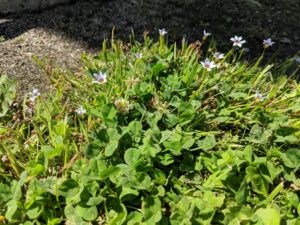
I walk the north side of this road all the time and have never seen these tiny blue flowers. But they’re all over the south side of the same street.
A palm tree growing out of another tree.
Largeflower Pink-Sorrel
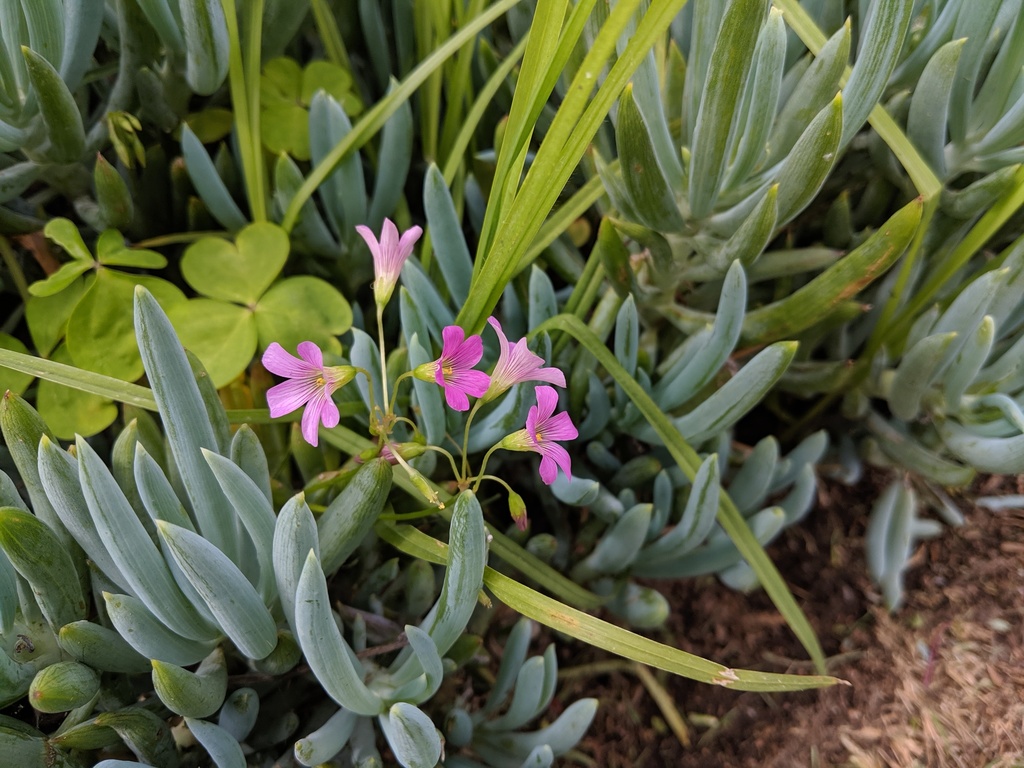
The iceplant is landscaping. The purple flowers are the ones I’m listing as a “wild” observation.
Final landing approach (honey bee and Matilija poppy)
Final landing approach….
(Same hike as the duck photo I posted earlier today.)
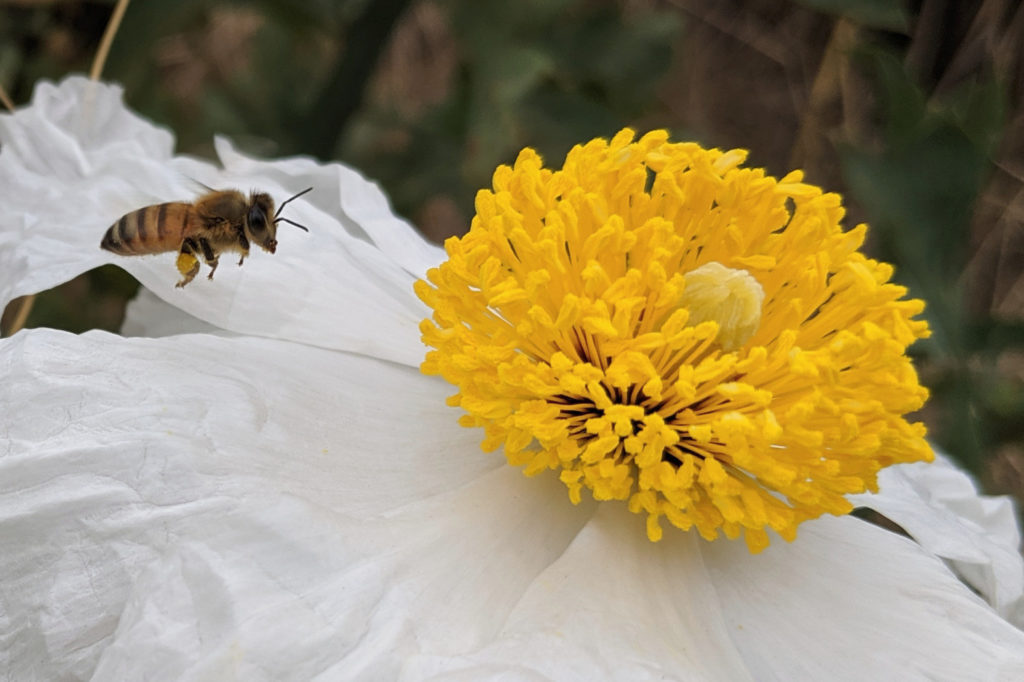
On Photog.Social
On Flickr
Matilija Poppy on iNaturalist
Bee on iNaturalist








